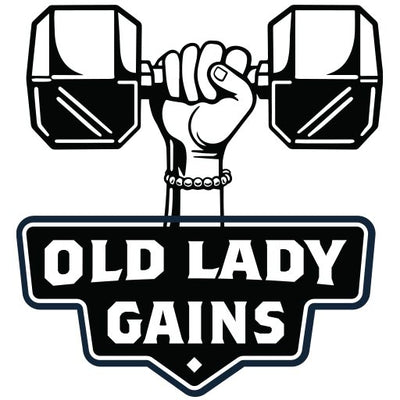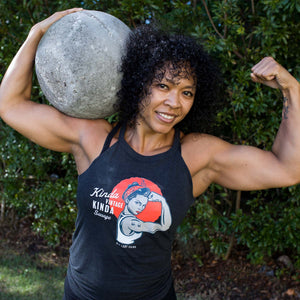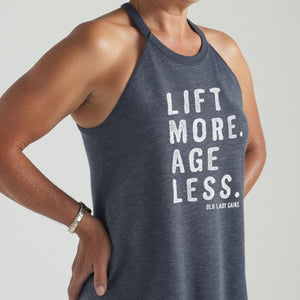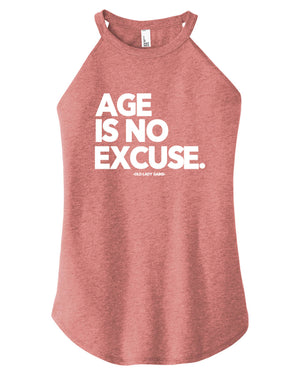Embracing 'Jiggle Physics': The Science Behind Our Wobbly Bits
Jun 04, 2023
In the world of video games, the term "jiggle physics" often refers to the realistic movement of characters' body parts, particularly in regard to breasts and buttocks. However, this concept extends beyond the virtual realm and finds its place in our physical bodies as well. Our flesh is not rigid; it jiggles, wobbles, and moves in fascinating ways. Rather than viewing these movements as flaws, it's time to embrace them and appreciate the science behind our wobbly bits. In this article, we will delve into the physiological reasons behind these movements and explore how they contribute to our unique physicality.
Understanding Fat Distribution: To comprehend why our bodies jiggle, we must first understand the role of adipose tissue, commonly known as fat. Fat serves various purposes in the body, including insulation, energy storage, and cushioning. It is distributed differently across individuals due to factors such as genetics, hormones, and lifestyle. Fat deposits in areas like the breasts, buttocks, and abdomen, creating distinct curves and contours.
Elasticity and Collagen: The jiggling of our bodies can be attributed to the elasticity of our skin and the connective tissues beneath. Our skin is remarkably elastic, thanks to a protein called collagen. Collagen fibers provide structural support, enabling the skin to stretch and recoil as necessary. Over time, factors like aging and sun damage can affect collagen production, leading to decreased elasticity. This reduced elasticity contributes to increased jiggle in certain areas of the body.
Muscles in Motion: Another significant factor in jiggle physics is the movement of muscles. Our muscles are in a constant state of flux, subtly contracting and relaxing even when at rest. These tiny movements create ripples that are visible on the surface of the skin, especially in areas where muscles are closer to the skin's surface. As we engage in physical activity or change our posture, our muscles move more noticeably, causing further jiggling.
Biomechanics and Gravity: Gravity plays a crucial role in the jiggling of our bodies. As we move, walk, or jump, our body parts experience gravitational forces that cause them to move and oscillate. For example, when we run, our breasts bounce, and our buttocks jiggle due to the combination of gravity and the movement of muscles. This natural response helps absorb and distribute impact forces while allowing us to move with relative ease.
Body Diversity and Acceptance: It is essential to celebrate the diversity of our bodies and embrace the jiggle as a natural part of being human. Media often portrays a narrow definition of beauty that is unrealistic for most people, promoting an unattainable standard. By understanding and appreciating the science behind our wobbly bits, we can debunk these unrealistic expectations and foster body acceptance and positivity.
Our bodies are fascinating and dynamic entities that move and jiggle in unique ways. Rather than viewing these movements as undesirable, we should embrace them as a testament to our individuality. The jiggling of our bodies is a result of various factors such as fat distribution, collagen elasticity, muscle movement, and the influence of gravity. By understanding the science behind our wobbly bits, we can appreciate the complexity and beauty of our physicality, promoting body acceptance and self-love in a society that often imposes unrealistic ideals. So let's celebrate the jiggle and embrace the uniqueness of our bodies, knowing that it's the science of being human.













